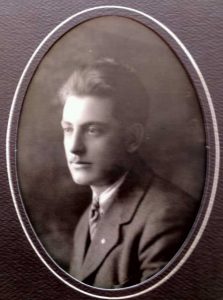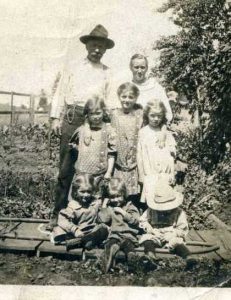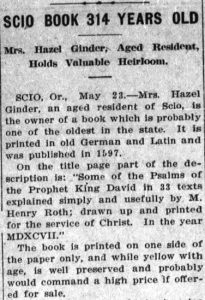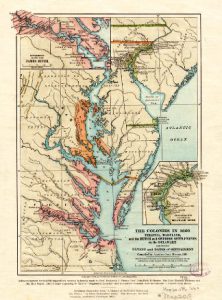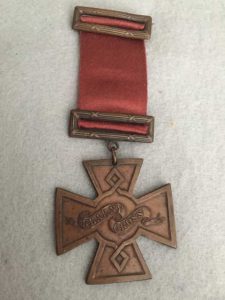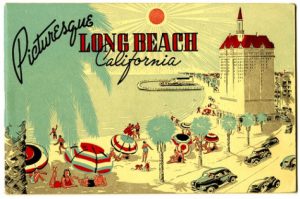“She tells white lies to ice a wedding cake.” – Margot Asquith
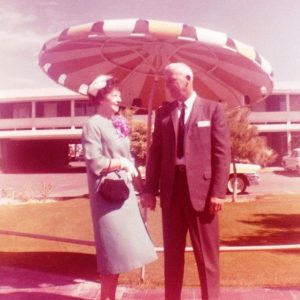
As students of family history, we spend our time and curiosity trying to discover the reasons why our ancestors kept so many secrets! Often the brick walls we encounter are based on a clandestine confidence or an unsteady truth, or on those things that simply refuse to be told. In light of this, I thought I’d take a look at some of my family’s inadvertently pernicious ways and in particular one of their better-intentioned “white lies.” Continue reading White lies
